

The Mini de Ville GT was introduced in early October 1965, only one model was availble now but a host of optional extras meant you could make your car totally individual.
The outside appearance remained much the same as pervious models, but now had double coach-lines and an opening one piece rear door could be added to give an estate car feature. The rear doors on the first cars were constructed using an original Mini steel rear panel with the boot lid welded in it upside down. Another optional striking feature were the fitting of VW Beetle rear lamp units set in re-moulded fibre glass rear corner panels.
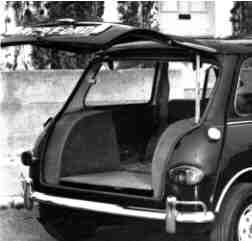 |
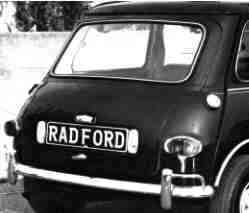 |
It was the interior that came in for the most changes on the GT, although the seats and the door panels stayed unchanged the dash board was completely new. The new facia for the GT was moulded fibre glass and covered in P.V.C. with a centre wooden section veneered in Rosewood to match the door fillets. A fibre glass panel painted black was fitted to the dash board above the steering column and housed the warning lights and instruments, a Smiths matching Speedo and Rev Counter, Fuel, Ammeter, Water and Oil temperature gauges. The switches were now moved to accommodate the radio and scattered around the facia, a clock being positioned on the passengers side next to the glove box.
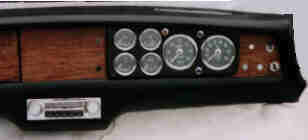 |
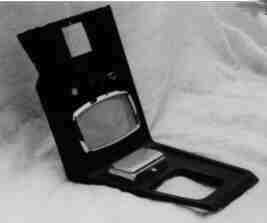 |
A centre console that fitted under the dash board around the heater controls and gear lever was also another addition to the GT, containing a speaker, balance control switch and a filp top ash tray. The glove box/arm-rest was re-designed and had the electric window switches and cigar lighter fitted to the front. Both the console and the glovebox sat on a moulded level fibre glass base fitted to the floor tunnel. (The first GT did not have a centre console so the ash tray and other switches were fitted to the centre of the facia along with the cigar lighter, with the switches for the electric windows still in the doors as pervious cars).
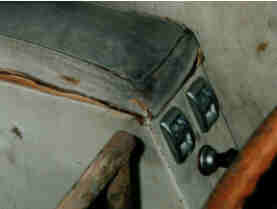 |
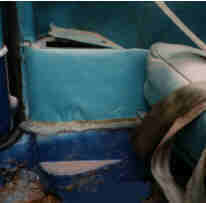 |
On the hatchback the metal seat brace and rear parcel shelf were removed, and the rear seat folded down to allow access when the rear door was opened which was supported by a bonnet stay. To allow the front seats to fully recline the rear companion boxes were re-shaped, the top half covered in material to match the rest of the trim and the bottom part in carpet. The carpets now had bound edges and the wing badges were re-placed with oblong ones bearing the words 'Radford Coachbuilders', amongst the many extrar to be added were Double Shadowlite glass windows to give more privacy.
The Mini de Ville GT continued to be produced in the same form up until May 1967, when the front seats were re-placed with much larger ones with Reutter type reclining mechanisms, headrests and a fold down arm-rest. It was at this time a new facia was designed, based on the pervious one with a protruding binnacle that housed an array of instruments and switches. The wooden door fillets were also re-designed being much deeper at the front, the rear boot badge was still oblong but only bore the words 'Mini de Ville' and Taurus undertook the engine conversions.
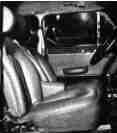 |
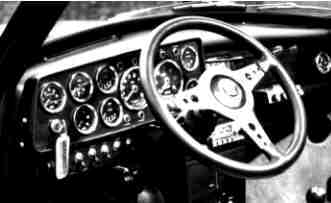 |